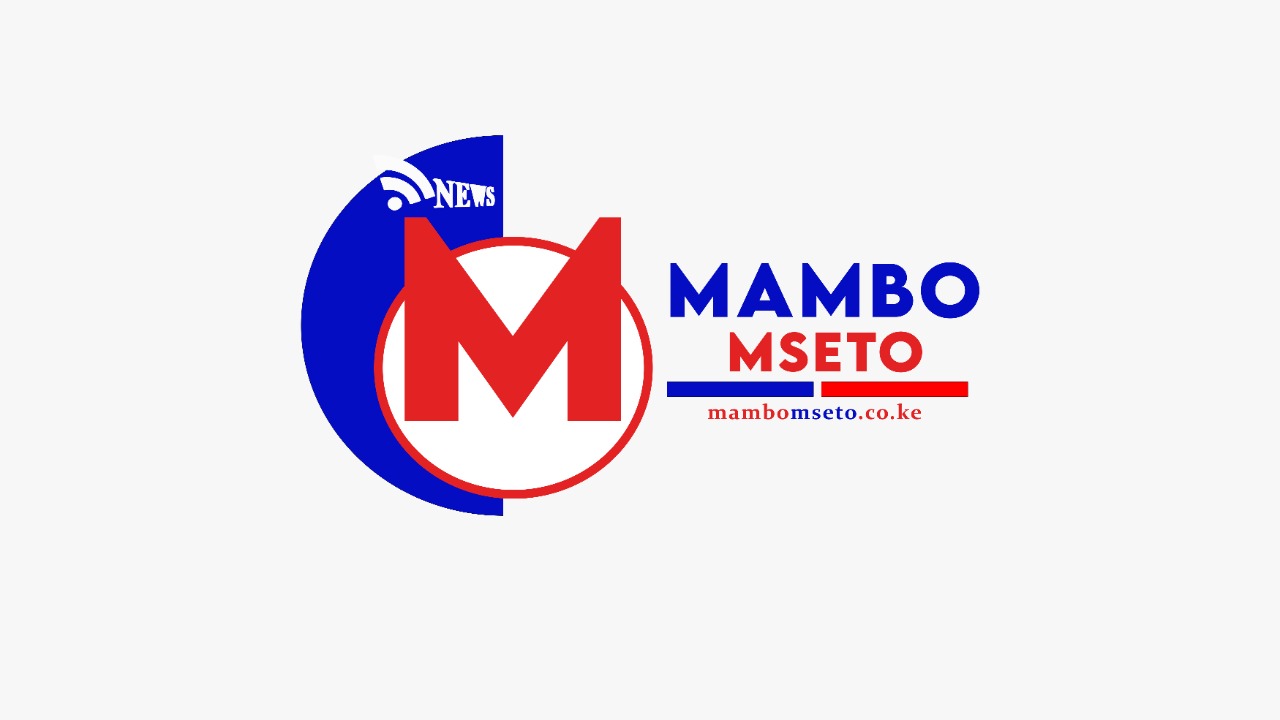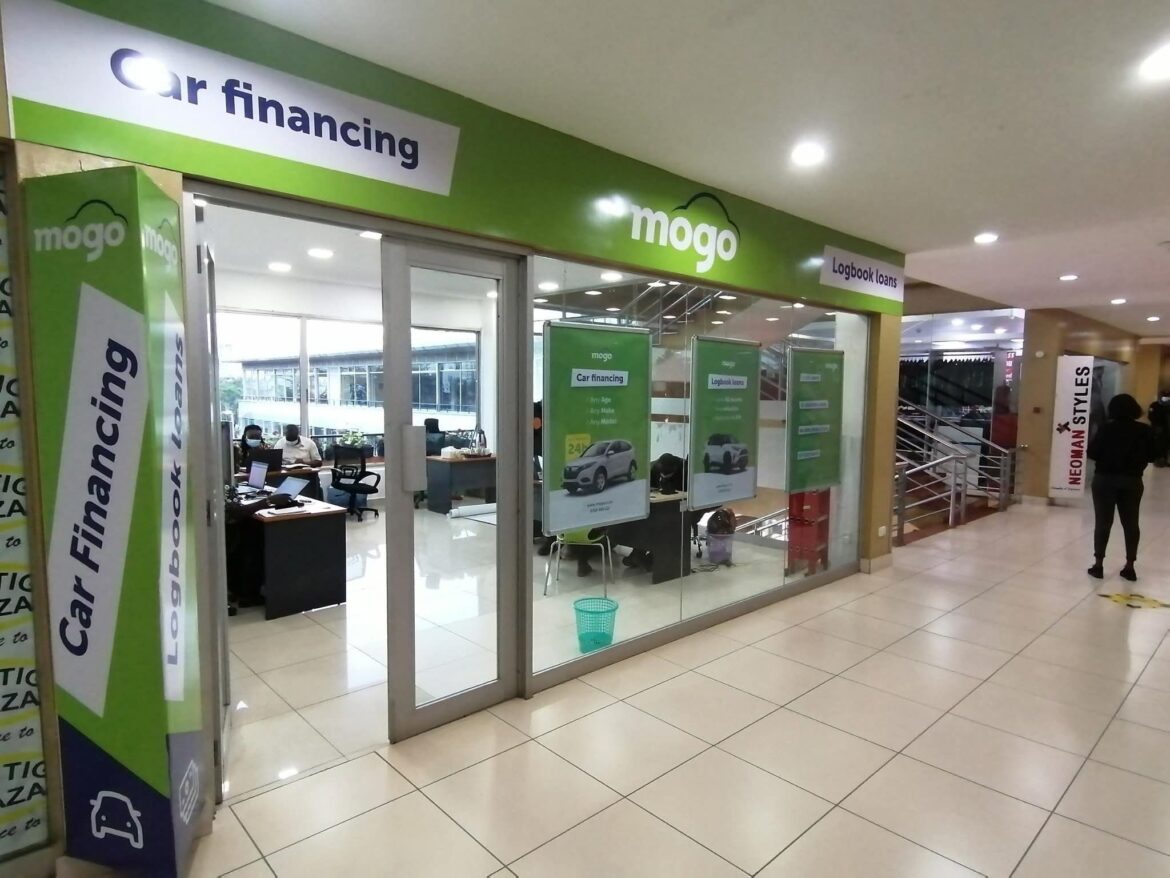Many Kenyans have increasingly found themselves dealing with loan firms that promise financial freedom but deliver the opposite. Mogo Auto Limited is one such company that has grown its name across counties by offering logbook loans, motorcycle financing, and other asset-based lending.
On paper, the deals look attractive, especially to ordinary Kenyans who need quick access to credit. The adverts paint a picture of fast approvals and flexible terms, but behind the glossy marketing lies a trail of frustration, repossessions, and what many now describe as predatory behavior.
In October 2024, the Competition Authority of Kenya fined Mogo about 10.85 million shillings after finding the company guilty of misleading practices.
The case came from complaints by four customers who had taken loans between May 2023 and April 2024.
Their loan amounts were inflated, and in some cases, the terms were switched from Kenyan shillings to US dollars without proper agreement.
This meant that when the exchange rate changed, borrowers were suddenly owing far more than expected. The authority not only imposed the fine but also ordered Mogo to refund affected customers and stop these unfair practices.
That penalty was meant to send a strong message, but it also exposed just how far loan companies are willing to go to squeeze money out of struggling Kenyans.
The problem, however, is bigger than just those four cases. Across the country, more stories have surfaced of harsh and unfair treatment.
Boda boda riders, who depend on their motorcycles to earn a living, have been among the hardest hit. Several riders reported losing their bikes even after paying a large part of the loan.
One rider explained that he had cleared three-quarters of the amount but still had his motorcycle repossessed, something he described as outright theft.
These sudden repossessions rob people of their livelihoods and leave them with nothing, even after months of sacrifice to make payments.
It is not only customers who have felt the brunt of Mogo’s questionable methods. Employees too have complained of unfair treatment, including drastic pay cuts that suggest the same exploitation facing borrowers is mirrored internally.
Critics point out that Mogo thrives on creating a system where borrowers can rarely finish paying off loans, thanks to hidden fees and inflated balances.
Vehicles are repossessed and resold, while the borrowers are left in financial ruin. This cycle makes money for the company but destroys lives in the process.
Even parliament has raised concerns, especially about how boda boda riders are being targeted. MPs have questioned why such lenders are allowed to continue exploiting citizens with repossessions and inflated loans.
Mogo, on its part, has attempted to defend itself, saying that it stopped issuing loans in US dollars from May 2023. But for many Kenyans who already suffered losses, this explanation is meaningless.
Social media continues to carry countless warnings from victims, urging others to avoid falling into the same trap.
The bigger lesson here is that access to credit, while important, can turn into a nightmare when companies put profits above people.
Borrowers deserve honesty, clear contracts, and humane treatment when things get tough. Mogo’s record so far shows a company more interested in seizing assets than supporting growth.
Regulators may have fined them, but fines alone will not bring justice to those who have already lost everything. Without stronger laws, clearer oversight, and real consequences for predatory practices, stories of repossessed vehicles and broken dreams will keep piling up.



